Home>Articles>How Long Does It Take An Electric Pressure Cooker To Pressurize
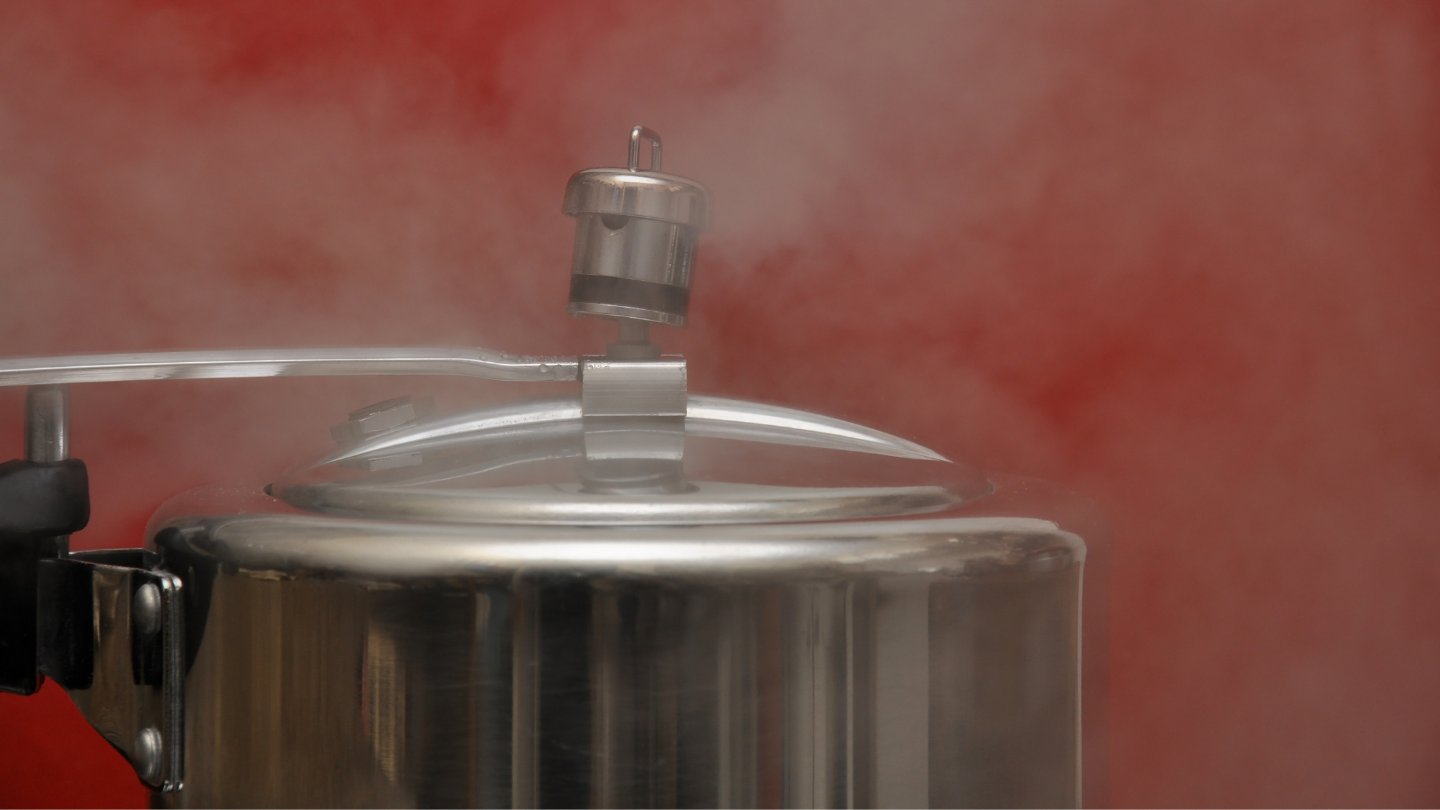

Articles
How Long Does It Take An Electric Pressure Cooker To Pressurize
Modified: January 18, 2024
Discover how long it takes for an electric pressure cooker to pressurize in our insightful articles. Simplify your cooking process and save time with these helpful tips and tricks.
(Many of the links in this article redirect to a specific reviewed product. Your purchase of these products through affiliate links helps to generate commission for Storables.com, at no extra cost. Learn more)
Introduction
Electric pressure cookers have revolutionized the way we cook, offering convenience, speed, and delicious meals in just a fraction of the time. With their advanced technology and ability to trap steam, these appliances are capable of quickly pressurizing food to cook it faster. However, one question that often comes up is: how long does it take for an electric pressure cooker to pressurize?
In this article, we will delve into the process of pressurizing in electric pressure cookers, the factors that affect the pressurization time, and some tips to help you reduce the pressurization time for your favorite recipes.
Before we dive into the details, let’s briefly understand what electric pressure cookers are and how they work.
Key Takeaways:
- Electric pressure cookers take approximately 10 to 15 minutes to pressurize, offering a time-saving and efficient cooking method for delicious meals.
- To reduce pressurization time, use hot liquid, cut ingredients into smaller pieces, preheat the cooker, control liquid levels, and utilize pressure-specific cooking programs.
Understanding Electric Pressure Cookers
Electric pressure cookers are versatile kitchen appliances that utilize the power of steam and pressure to cook food quickly. They consist of a sealed cooking pot with a pressure release valve and a heating element that generates heat. When the cooker is turned on and the lid is closed, the steam that builds up inside creates pressure, which increases the boiling point of water. As a result, food is cooked at a higher temperature and under increased pressure, reducing cooking time significantly.
These appliances often come with various cooking functions and pre-set programs for different types of food, making them user-friendly and customizable. Additionally, they have safety features like locking lids to prevent accidents and release valves to regulate pressure levels.
Electric pressure cookers offer a range of benefits. First and foremost, they save time. Traditional cooking methods can take hours, but with an electric pressure cooker, you can cook an entire meal in a matter of minutes. Secondly, they help in retaining the nutritional value of food. The high-pressure environment and shorter cooking time preserve vitamins, minerals, and flavors that can be lost during longer cooking processes. Lastly, they are energy efficient, consuming less electricity compared to conventional ovens or stovetop cooking, thus saving on utility bills.
Now that we have a basic understanding of how electric pressure cookers function, let’s explore the process of pressurizing in more detail.
The Process of Pressurizing
The process of pressurizing in an electric pressure cooker is key to its efficient and fast cooking capabilities. When you start the pressure cooking function on your appliance, several steps occur to achieve the desired level of pressure.
1. Heating: The first step is the heating phase, where the electric pressure cooker reaches the desired cooking temperature. The heating element inside the cooker generates heat and gradually raises the temperature of the cooking pot and its contents.
2. Steam Generation: As the temperature rises, water inside the cooker begins to evaporate and turn into steam. The closed environment inside the cooker traps the steam, creating pressure within the pot.
3. Pressure Building: With the continuous generation of steam, the pressure inside the cooker starts to build. The pressure indicator on the cooker’s interface or lid may show the increasing pressure level, indicating that the pot is getting closer to the desired pressure.
4. Pressure Regulation: Once the pressure reaches the desired level, the electric pressure cooker’s heating element adjusts its power to maintain a consistent pressure throughout the cooking process. This regulation allows the food to cook evenly and at the optimal pressure level for the recipe.
5. Cooking Time: After the pressure has been regulated, the cooking time begins. The high pressure and increased temperature inside the pot significantly reduce the cooking time compared to traditional cooking methods. The precise cooking time may vary depending on the type of food and the recipe you are following.
6. Pressure Release: Once the cooking time is complete, the pressure needs to be released before opening the cooker. There are two methods for pressure release: natural release and quick release. Natural release involves allowing the pressure to drop naturally over time, while quick release involves manually releasing the pressure using the pressure release valve. The method of pressure release largely depends on the recipe and the food being cooked.
The process of pressurizing in an electric pressure cooker is a combination of time, temperature, and steam generation. Understanding this process is essential to determine the overall cooking time and achieve the desired results with your recipes.
Factors Affecting Pressurization Time
The pressurization time in an electric pressure cooker can vary depending on several factors. Understanding these factors can help you anticipate and adjust the cooking time accordingly for your recipes. Here are some key factors that can affect the pressurization time:
1. Initial Temperature: The starting temperature of the ingredients and liquid in the cooker can impact the pressurization time. If you are using cold or refrigerated ingredients, it may take longer for the cooker to reach the desired pressure. Preheating the ingredients or using warm liquids can help reduce the pressurization time.
2. Liquid Content: The amount of liquid in the cooker also plays a crucial role in pressurization time. Electric pressure cookers require a minimum amount of liquid to build pressure effectively. If there is not enough liquid, it will take longer for the cooker to pressurize. Ensure that you have enough liquid for your recipe, but be cautious not to exceed the maximum limit to prevent the risk of overflow.
3. Cooker Size and Design: The size and design of the electric pressure cooker can affect the pressurization time. Larger cookers may take slightly longer to pressurize compared to smaller ones due to the larger volume of the cooking pot. Additionally, the design of the cooker’s lid and sealing mechanism can impact the efficiency of pressurization.
4. Altitude: The altitude at which you are cooking can also affect pressurization time. High altitudes have lower atmospheric pressure, which can impact the time it takes for the pressure to build inside the cooker. At higher altitudes, it may take slightly longer for the cooker to reach the desired pressure. Some electric pressure cookers have altitude-specific adjustments or cooking programs to account for this factor.
5. Recipe and Ingredients: The specific recipe and ingredients being cooked can influence the time it takes for the cooker to pressurize. Denser ingredients or larger cuts of meat may require more time to reach the desired pressure compared to lighter or smaller ingredients. Some ingredients may release moisture during cooking, which can speed up the pressurization process.
It’s important to keep these factors in mind when using an electric pressure cooker to ensure accurate cooking times and optimal results. Adjusting the pressurization time based on these factors can help you achieve perfectly cooked meals and avoid undercooking or overcooking your dishes.
For most electric pressure cookers, it takes about 10-15 minutes to pressurize. However, this can vary depending on the size and model of the pressure cooker, as well as the amount of liquid and ingredients inside.
Average Time for Electric Pressure Cooker to Pressurize
The time it takes for an electric pressure cooker to pressurize can vary based on factors such as the appliance model, recipe, and ingredients. However, on average, it takes approximately 10 to 15 minutes for an electric pressure cooker to reach the desired pressure.
During this time, the cooker heats up, builds and regulates the pressure, and prepares the cooking environment for efficient and fast cooking. The specific pressurization time can differ for different models and brands, as some cookers may have more powerful heating elements or advanced pressure regulation systems.
It’s important to note that this estimated pressurization time does not include the preheating time, which may be required for certain recipes. Preheating helps bring the ingredients and cooking liquid to a higher initial temperature, reducing the overall pressurization time.
Additionally, factors such as the amount of liquid in the cooker, the initial temperature of the ingredients, and the altitude at which you are cooking can affect the actual pressurization time. Larger batches of food or recipes with denser ingredients may take slightly longer to pressurize as well.
While this average pressurization time is a helpful guideline, it’s always recommended to refer to the specific instructions provided by the manufacturer for your electric pressure cooker. Different models may have varying pressurization times, and the manufacturer’s guidelines will offer the most accurate information for your specific appliance.
Lastly, it’s a good practice to factor in a few extra minutes for the pressurization time when planning your cooking schedule. This will ensure that you have enough time for the cooker to reach the desired pressure before starting the actual cooking countdown timer.
Having an approximate idea of the average pressurization time can help you plan and manage your time effectively while using an electric pressure cooker. By adjusting your cooking schedule accordingly, you can enjoy the benefits of fast and efficient pressure cooking without compromising on the quality and taste of your meals.
Tips to Reduce Pressurization Time
If you’re looking to speed up the pressurization process in your electric pressure cooker, here are a few helpful tips:
1. Use Hot Liquid: Begin with hot or warm liquid instead of cold or room temperature liquid. Heating the liquid separately before adding it to the cooker will help accelerate the pressurization process.
2. Cut Ingredients into Smaller Pieces: When preparing your ingredients, try cutting them into smaller pieces. This will help them heat up faster and reduce the overall pressurization time.
3. Preheat the Pressure Cooker: Some electric pressure cookers feature a preheat option. Preheating the cooker before adding the ingredients can significantly reduce the pressurization time. Check if your cooker has this feature and utilize it accordingly.
4. Be Mindful of Liquid Levels: Ensure that you have the right amount of liquid for your recipe, as specified in the instructions. Insufficient liquid can prolong the pressurization time, while excessive liquid may cause overflow or compromise the cooking process.
5. Avoid Overfilling the Cooker: Do not fill the cooker beyond its maximum capacity. Overfilling can hinder the pressurization process, resulting in longer cooking times. Stick to the recommended fill levels for optimal results.
6. Properly Seal the Lid: Double-check that the lid is securely sealed before starting the pressurization process. A loose or improperly sealed lid can significantly increase the pressurization time.
7. Cook Small Batches: If you are cooking large quantities of food, consider dividing it into smaller batches. Smaller batches will pressurize more quickly and evenly, resulting in shorter overall cooking times.
8. Control the Initial Temperature: Take into account the initial temperature of ingredients when planning your cooking process. For recipes that require boiling or sautéing ingredients before pressure cooking, ensure they are heated adequately. This will help reduce the pressurization time.
9. Use Pressure-Specific Cooking Programs: Many electric pressure cookers come equipped with specific programs for different types of dishes. These programs are designed to optimize pressurization and cooking times for specific recipes. Utilize these programs when applicable to streamline the pressurization process.
10. Optimize Pressure Release Method: For recipes that require a quick release of pressure, make sure to use the appropriate method. Quick pressure release helps reduce the overall pressurization time, while natural release allows the pressure to drop gradually on its own.
By implementing these tips, you can expedite the pressurization process in your electric pressure cooker and enjoy faster cooking times. However, always ensure that the quality and safety of your food are not compromised by rushing the cooking process. Follow recipe instructions and manufacturer guidelines for the best results with your appliance.
Conclusion
Electric pressure cookers have revolutionized the way we prepare meals, offering speed, convenience, and delicious results. Understanding the pressurization process and the factors that can affect the pressurization time is essential for achieving the best possible cooking experience with these appliances.
In this article, we explored the process of pressurizing in electric pressure cookers, from the initial heating phase to the pressure regulation and cooking time. We learned that factors such as the initial temperature, liquid content, cooker size, altitude, recipe, and ingredients can all impact the pressurization time.
On average, it takes approximately 10 to 15 minutes for an electric pressure cooker to reach the desired pressure. However, this can vary based on the specific cooker model, recipe, and cooking conditions. It’s important to refer to the manufacturer’s instructions for accurate pressurization time guidelines.
To reduce the pressurization time, we discussed helpful tips such as using hot liquid, cutting ingredients into smaller pieces, preheating the cooker, controlling liquid levels, ensuring a proper lid seal, cooking small batches, and utilizing pressure-specific cooking programs.
In conclusion, electric pressure cookers offer a time-saving and efficient way to prepare meals. By understanding the pressurization process and implementing tips to reduce pressurization time, you can make the most of your electric pressure cooker and enjoy delicious meals in a fraction of the time.
Remember to always prioritize safety and follow the manufacturer’s guidelines when using your electric pressure cooker. With a little practice and experimentation, you can master the art of pressure cooking and unlock a world of culinary possibilities in your own kitchen.
Frequently Asked Questions about How Long Does It Take An Electric Pressure Cooker To Pressurize
Was this page helpful?
At Storables.com, we guarantee accurate and reliable information. Our content, validated by Expert Board Contributors, is crafted following stringent Editorial Policies. We're committed to providing you with well-researched, expert-backed insights for all your informational needs.
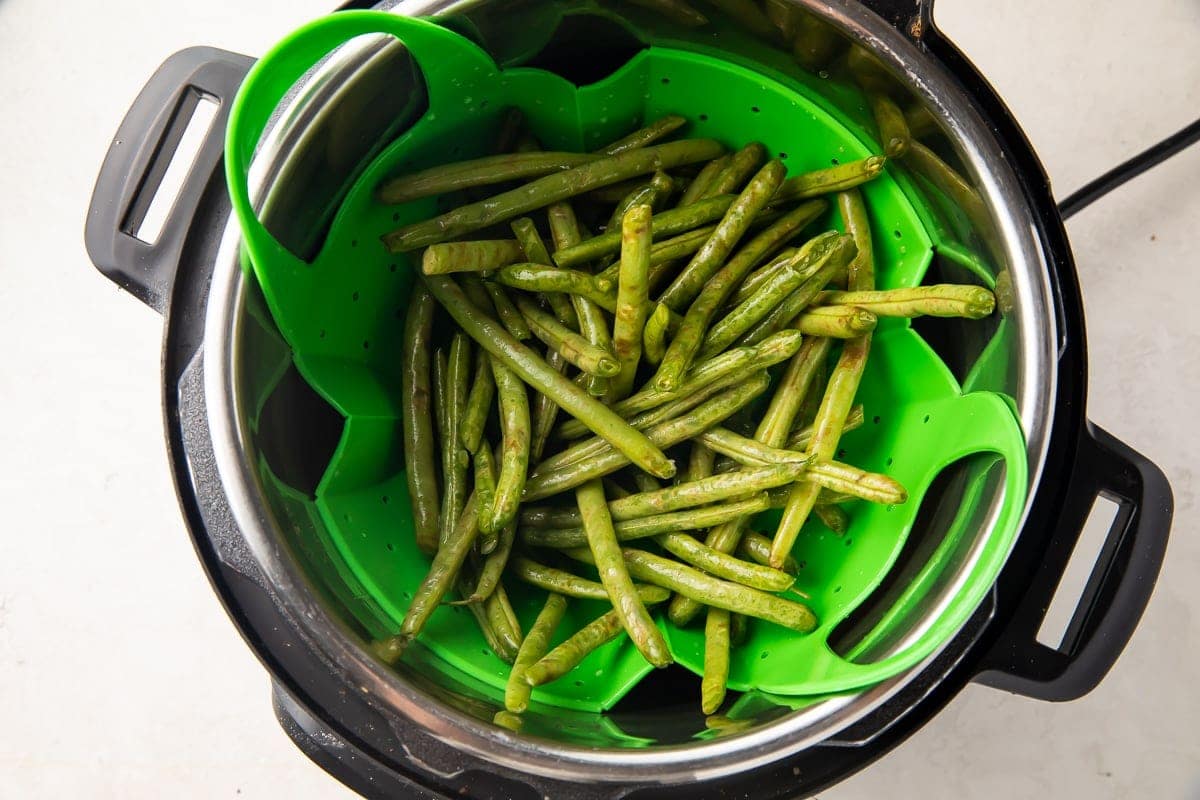
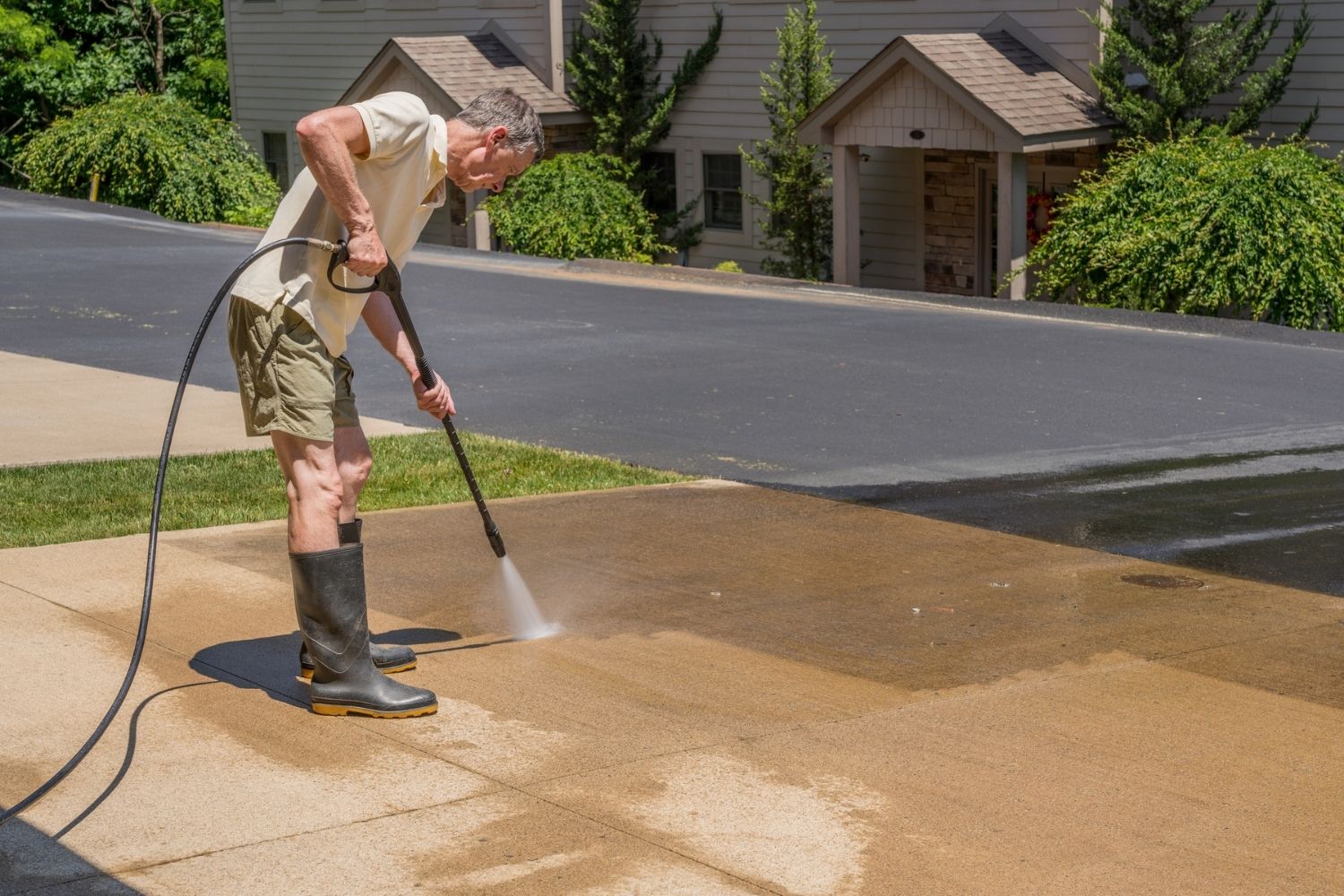
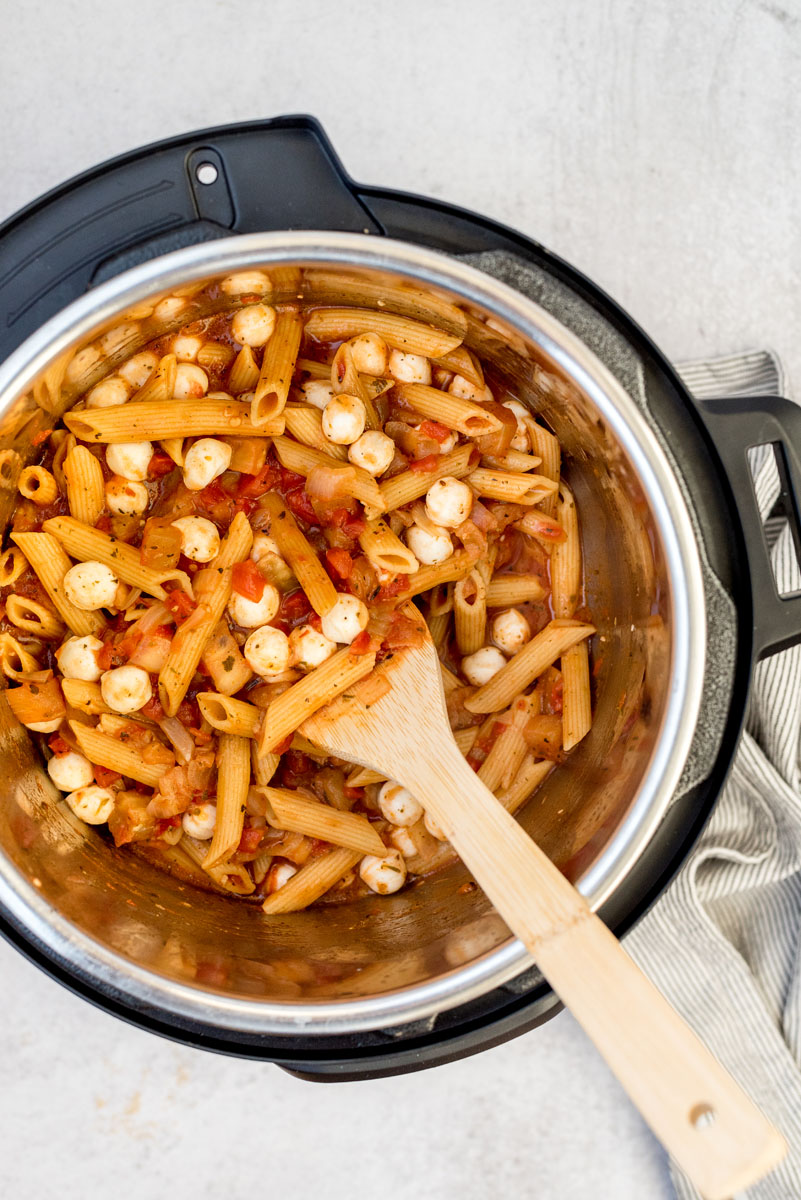
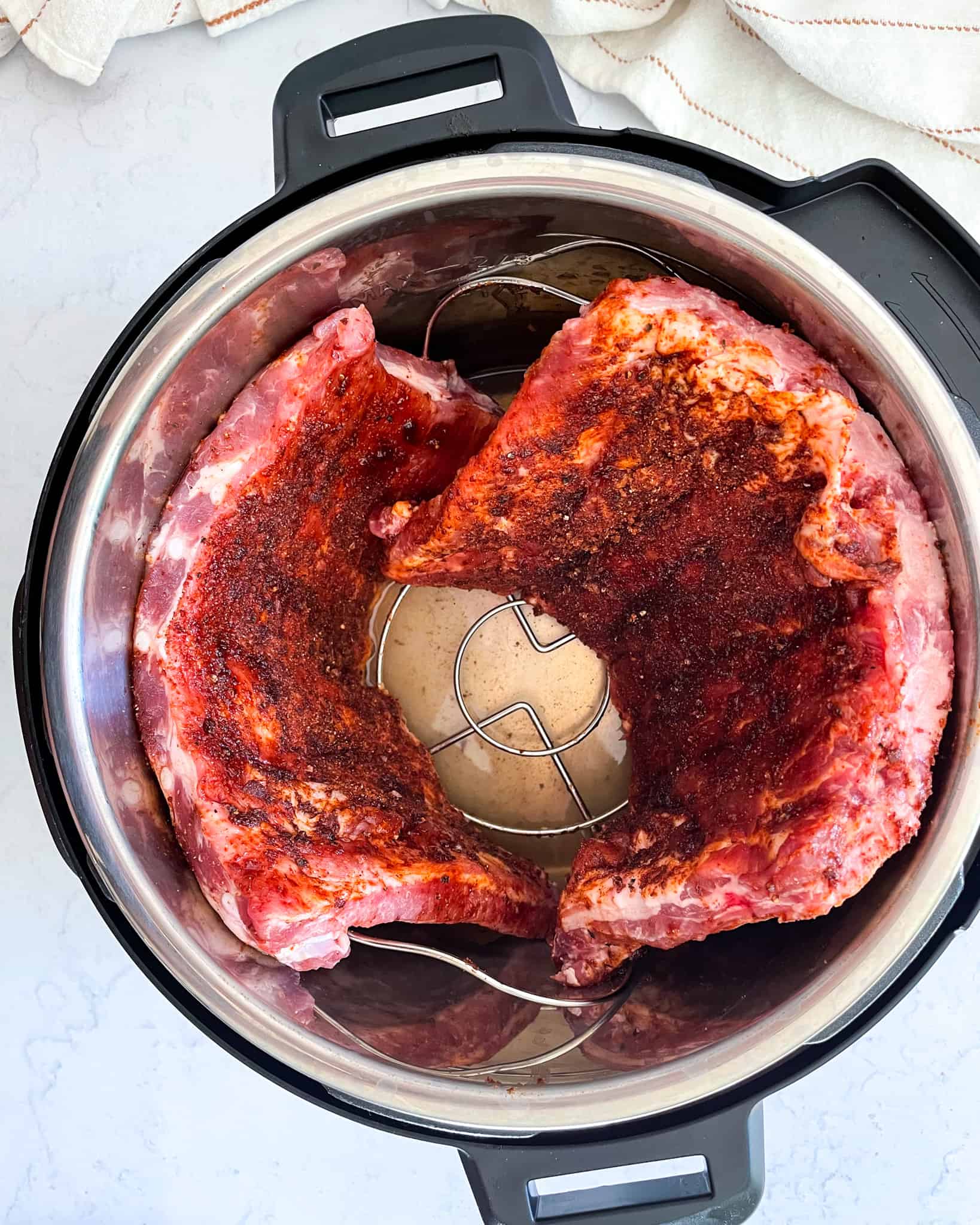
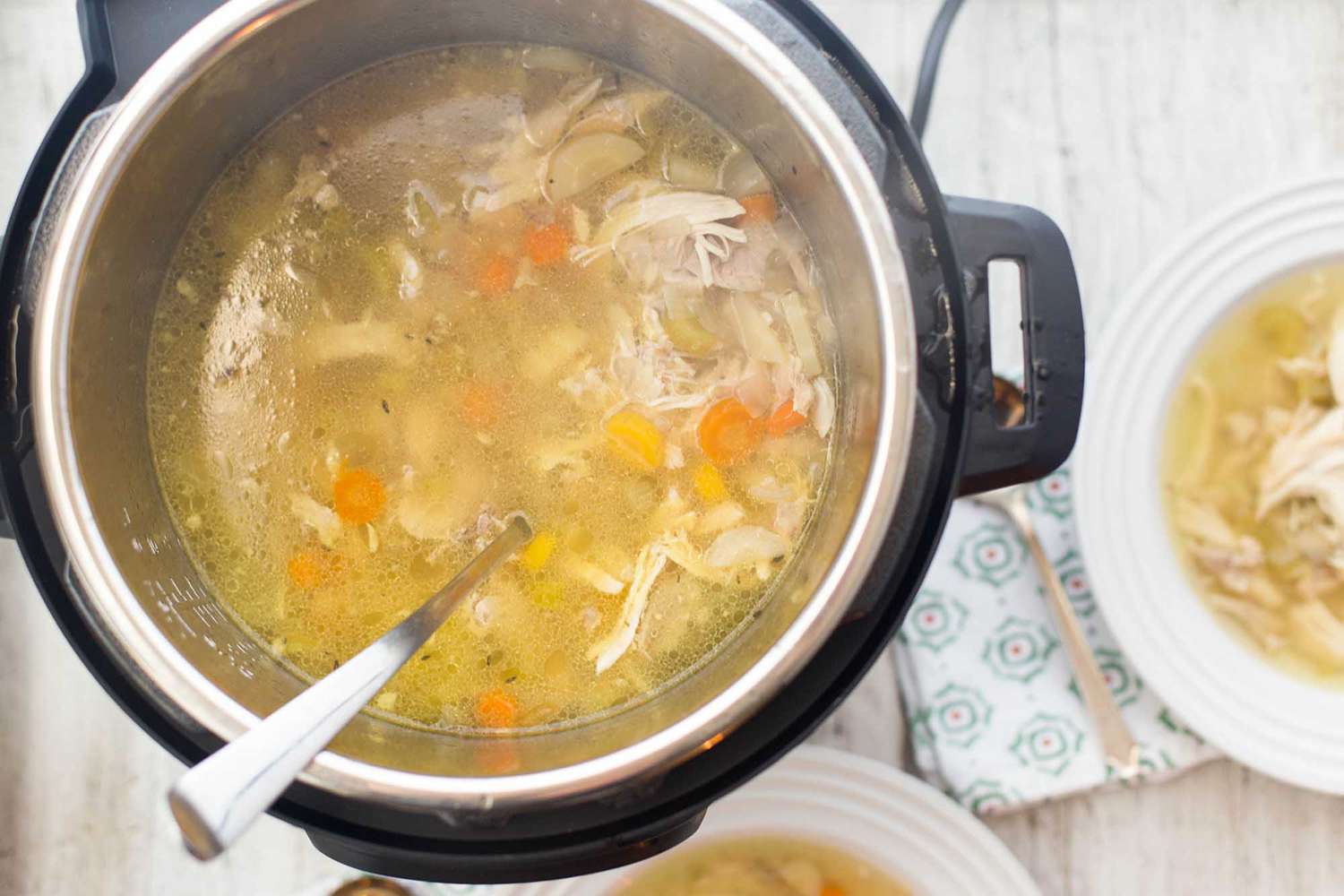
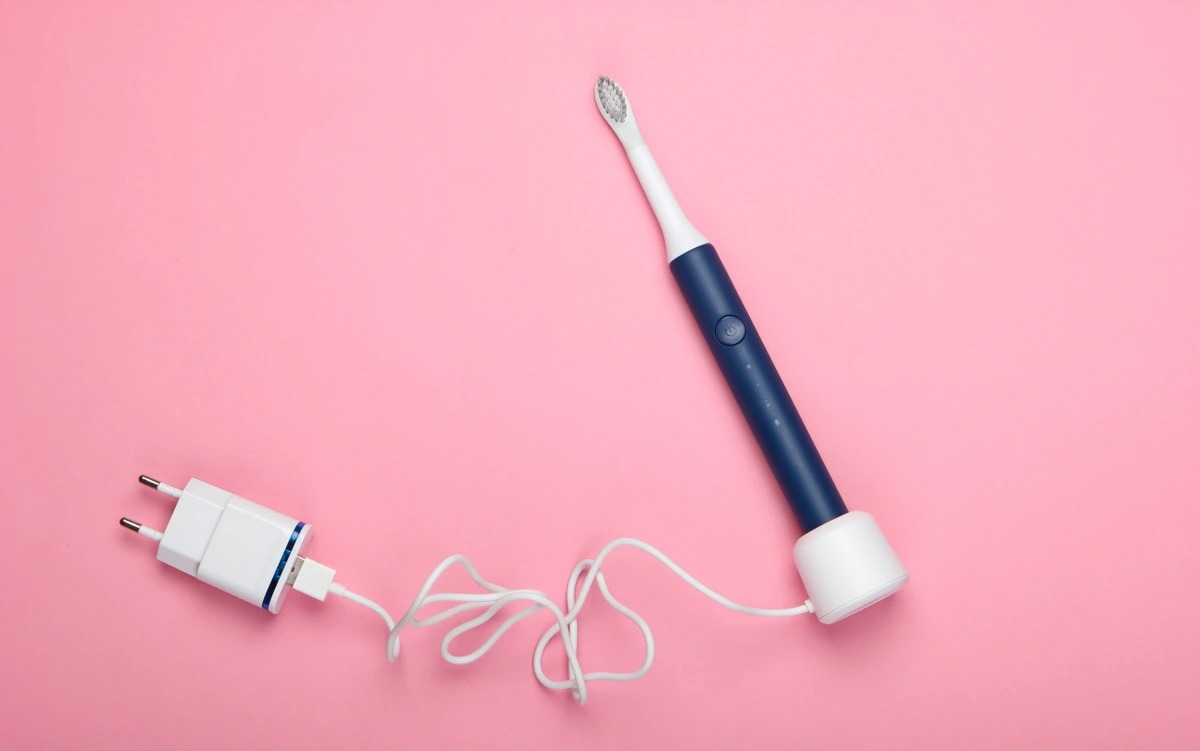
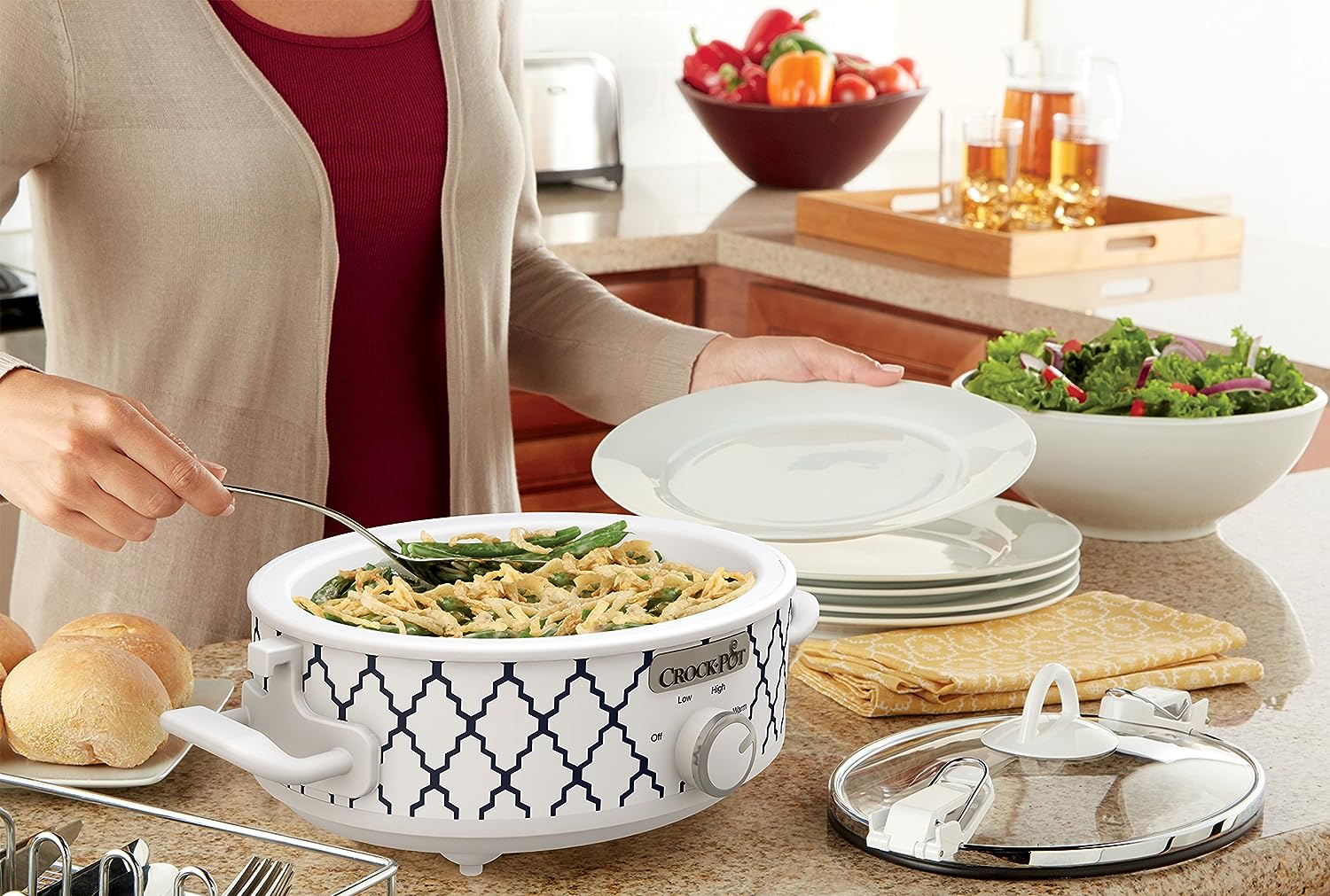
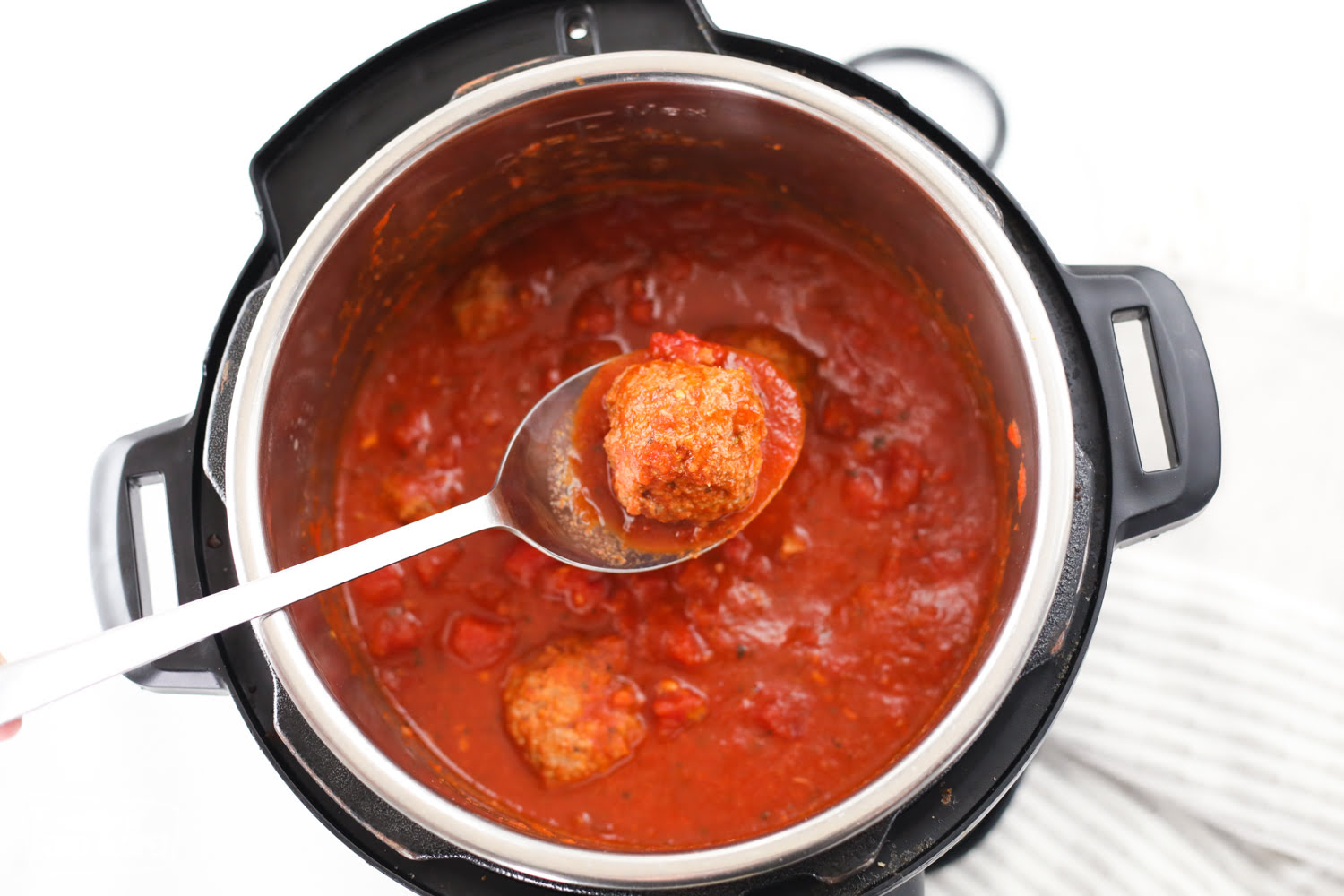
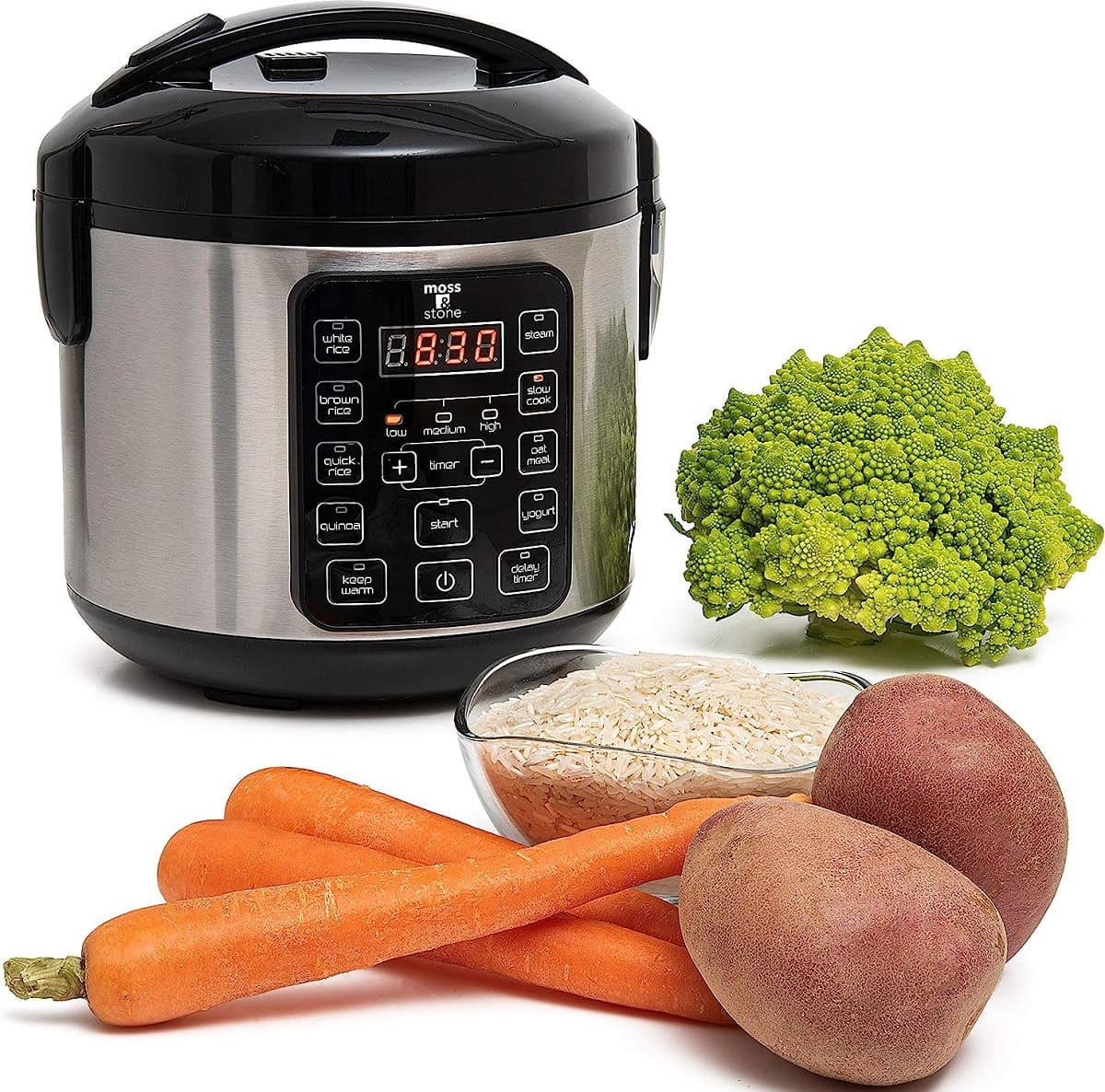
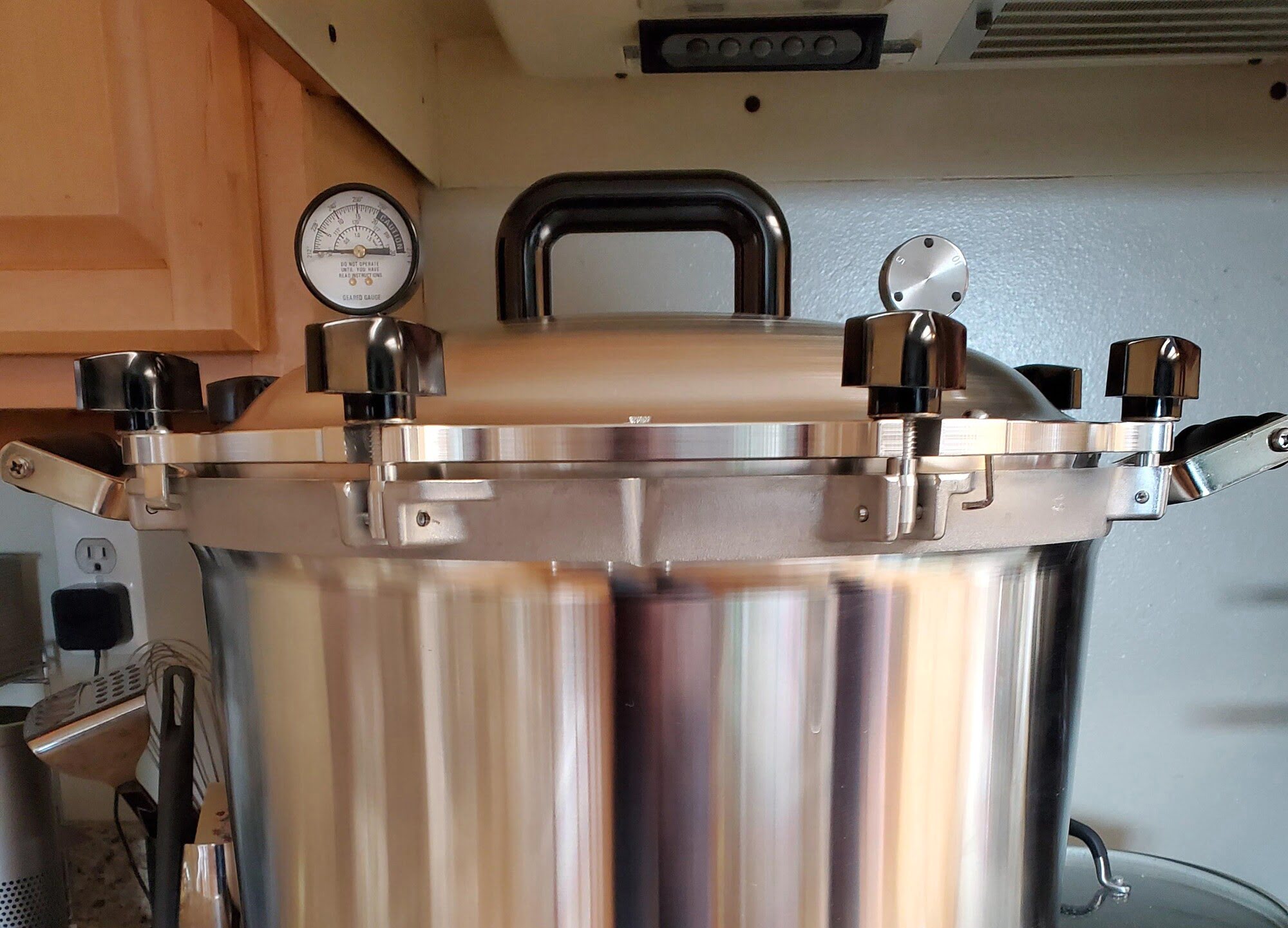
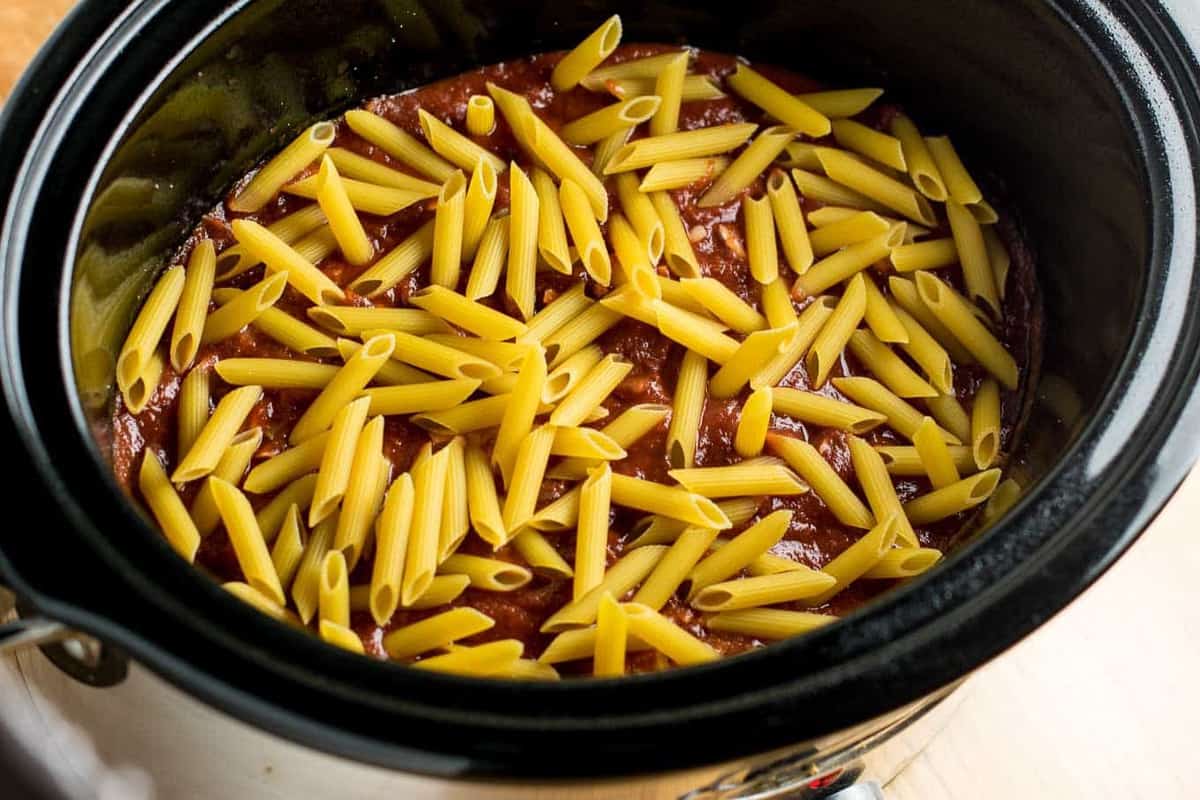
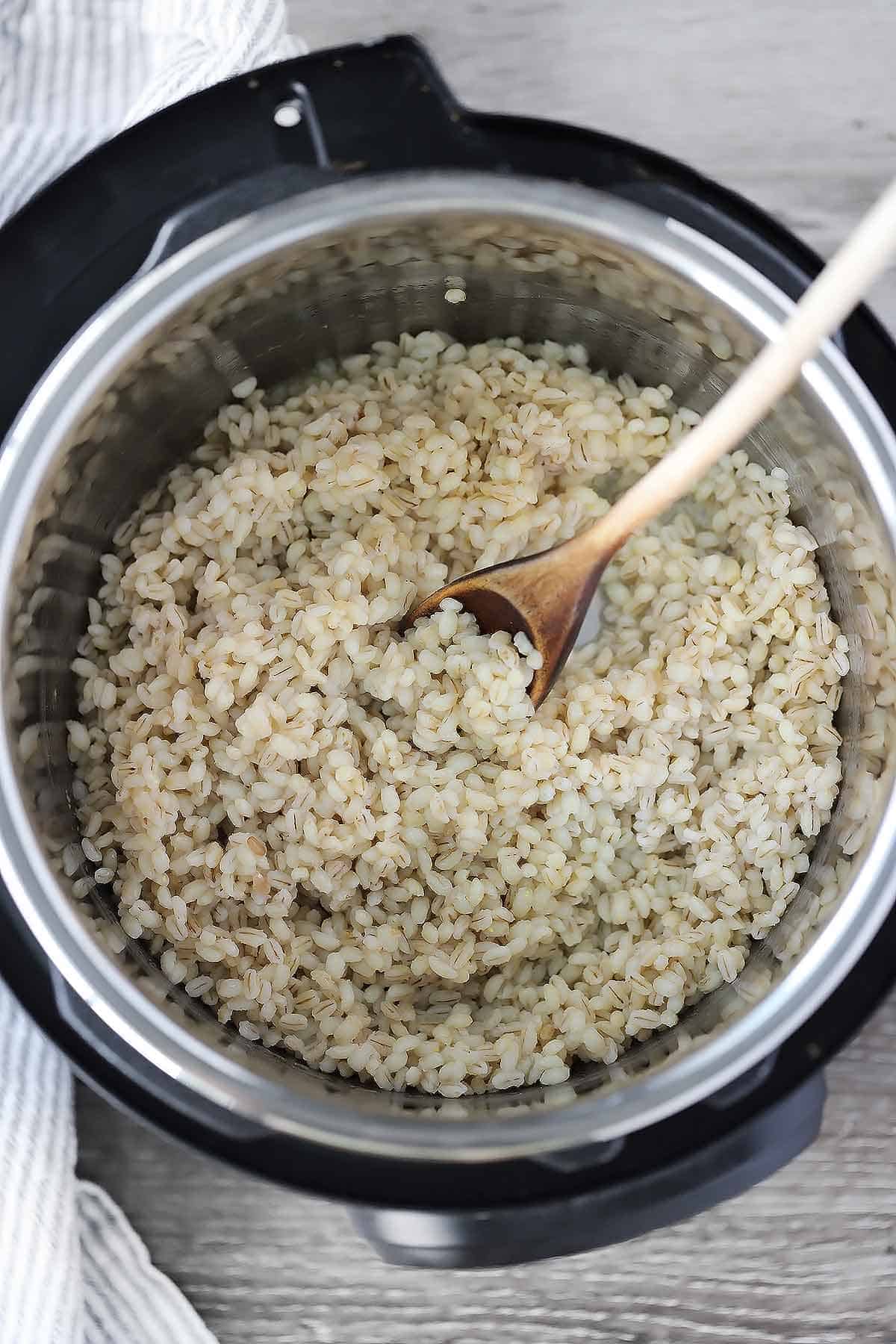
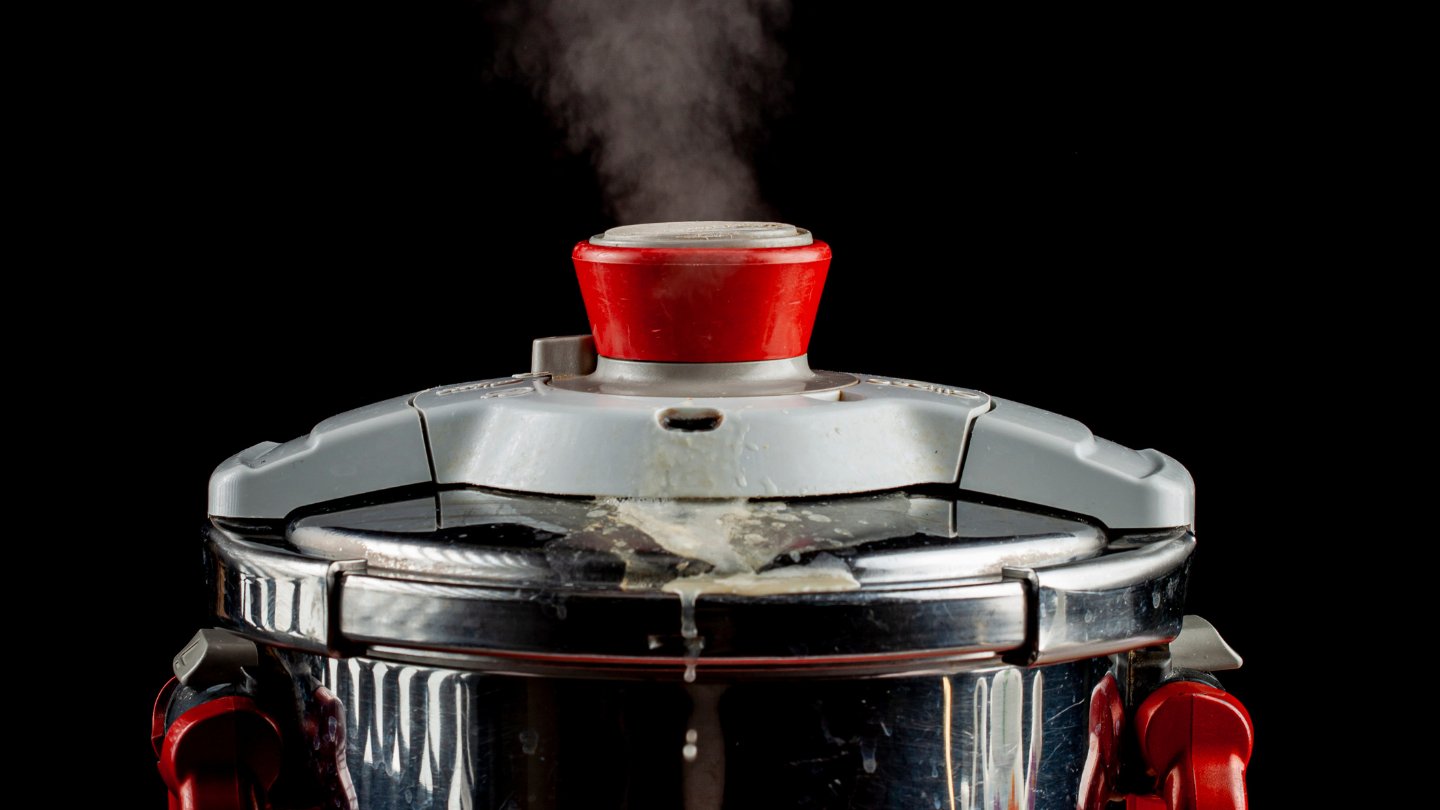
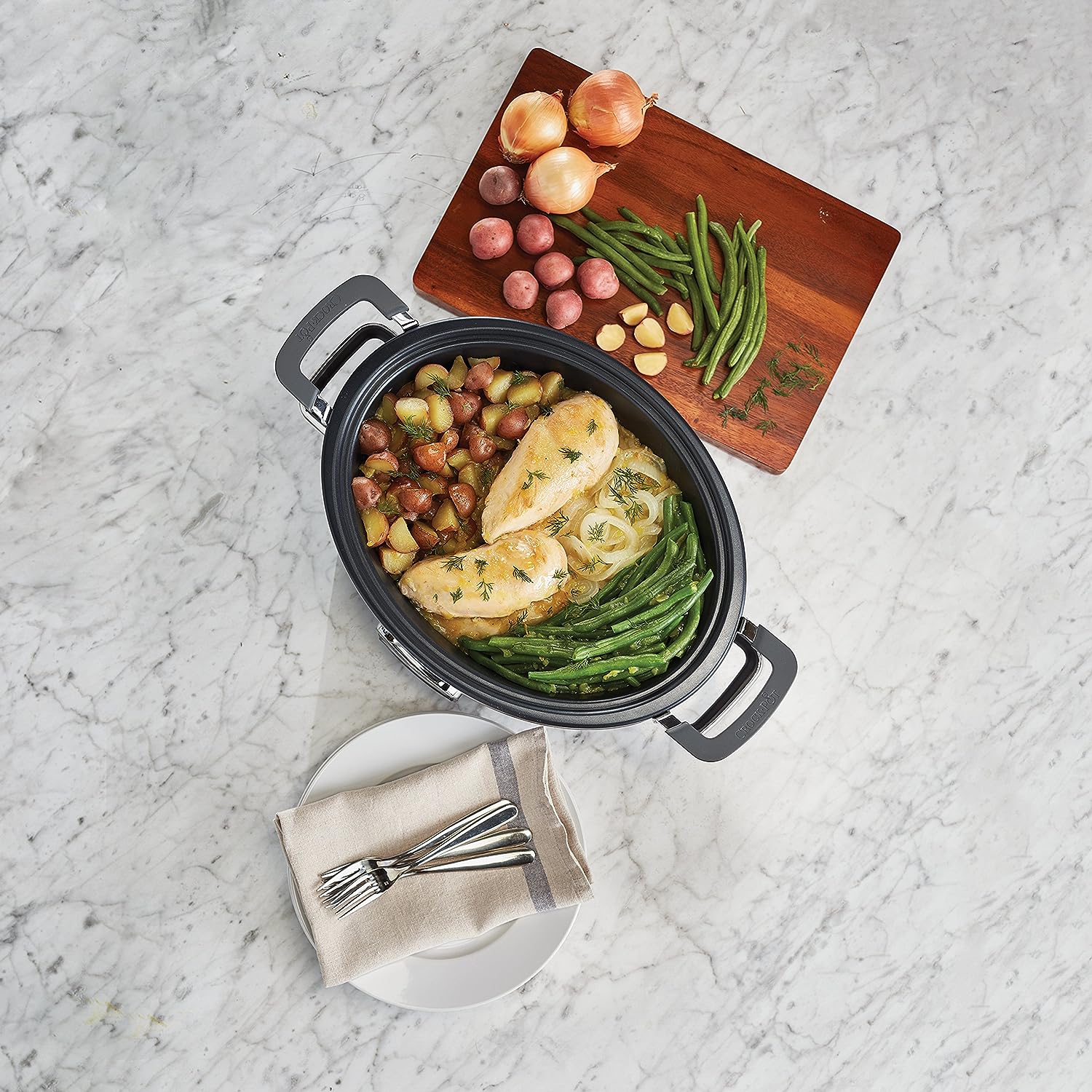

0 thoughts on “How Long Does It Take An Electric Pressure Cooker To Pressurize”